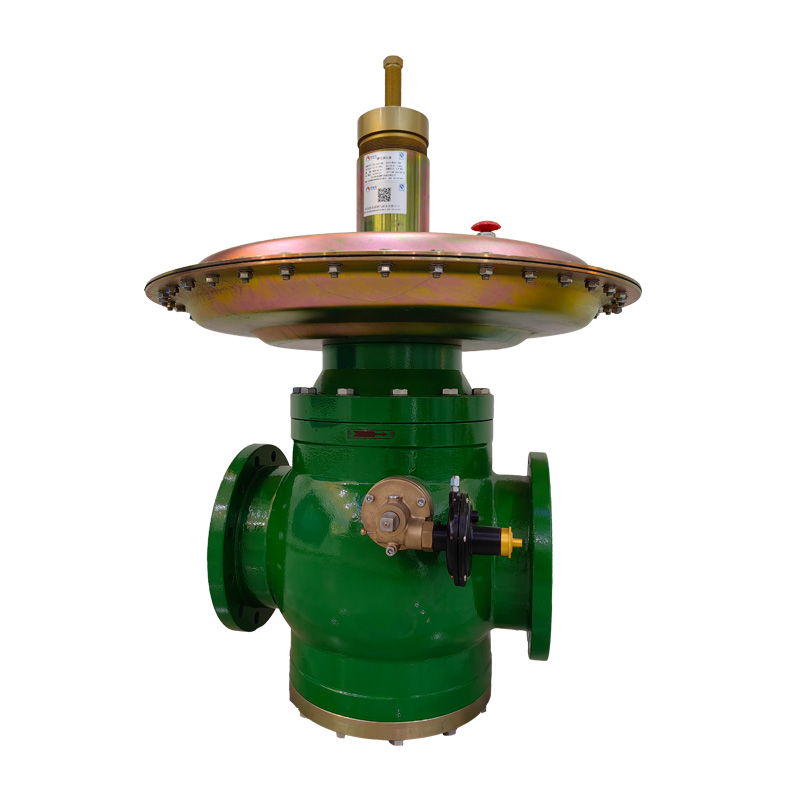
Dec . 15, 2024 15:39
Back to list
Understanding the Function and Importance of Safety Relief Valves in Pressure Systems
Understanding Safety Relief Valves Importance and Functionality
Safety relief valves are critical components in various industries, serving an essential role in protecting equipment and ensuring operational safety. These valves are designed to automatically release excess pressure from a system, preventing potential hazards that could arise from overpressure situations. Whether in chemical processing, oil and gas operations, or even in manufacturing environments, safety relief valves are indispensable in maintaining the integrity of systems.
The Importance of Safety Relief Valves
The primary function of a safety relief valve is to safeguard against catastrophic failures caused by excessive pressure. In industrial settings, the accumulation of pressure can occur due to various factors such as heat, chemical reactions, or equipment malfunctions. Without adequate pressure relief mechanisms in place, equipment may fail, leading to explosions, leaks, or toxic releases, putting both personnel and the environment at risk.
Regulatory bodies such as the American Society of Mechanical Engineers (ASME) and the Occupational Safety and Health Administration (OSHA) mandate safety relief valves to be installed in certain applications. Compliance with these regulations not only protects workers but also limits liability for companies, reinforcing the importance of these devices in safety management plans.
How Safety Relief Valves Work
Safety relief valves function based on the principle of pressure differential. Under normal operating conditions, the valve remains closed, maintaining the sealed system. However, when the internal pressure reaches a predetermined set point, the valve opens, allowing fluid or gas to escape until the pressure is reduced to a safe level.
safety relief valve

There are two main types of safety relief valves spring-loaded and pilot-operated. Spring-loaded valves utilize a spring mechanism that holds the valve closed until the system pressure exceeds the spring force. In contrast, pilot-operated valves rely on a pilot system that opens the main valve when the pressure exceeds the set point. Each type has its advantages and specific applications where they excel.
Key Considerations in Selection and Maintenance
Choosing the right safety relief valve for a particular application involves several considerations. Factors such as the type of fluid (liquid or gas), the operating pressure and temperature, and the specific industry regulations are all critical in selecting a valve that meets safety and operational needs. Additionally, it is essential to consider the valve's material compatibility to prevent corrosion or degradation over time.
Regular maintenance and testing of safety relief valves are crucial to ensure their effectiveness. Over time, valves may become corroded or clogged, leading to malfunction. Routine inspections, testing for proper operation, and adherence to manufacturer guidelines are all necessary practices to uphold safety standards. Many industries implement a preventive maintenance schedule to replace or service safety relief valves to mitigate risks associated with failure.
Conclusion
In summary, safety relief valves play a vital role in industrial safety by preventing overpressure situations that can lead to severe accidents. Their functionality, combined with the need for regulatory compliance and rigorous maintenance, cannot be overstated. As industries continue to evolve and push the boundaries of technology, the demand for reliable safety relief valves will remain paramount. Organizations looking to ensure the safe operation of their systems must prioritize the proper selection, installation, and maintenance of these essential safety devices, thereby protecting not only their assets but also the lives of their employees and the surrounding community.
Next:
Latest news
-
Safety Valve Spring-Loaded Design Overpressure ProtectionNewsJul.25,2025
-
Precision Voltage Regulator AC5 Accuracy Grade PerformanceNewsJul.25,2025
-
Natural Gas Pressure Regulating Skid Industrial Pipeline ApplicationsNewsJul.25,2025
-
Natural Gas Filter Stainless Steel Mesh Element DesignNewsJul.25,2025
-
Gas Pressure Regulator Valve Direct-Acting Spring-Loaded DesignNewsJul.25,2025
-
Decompression Equipment Multi-Stage Heat Exchange System DesignNewsJul.25,2025

